When you find yourself swamped with work or faced with a tricky project outside of your skillset, who should you call on? Well, your fellow freelancers, of course.
Last year, I launched a new website called Science is Simple, which breaks down complex science terms into simple language (using a handful of LEGO® pictures as visuals to aid those explanations). The idea has been rattling around in my head for a while, and I published some initial blog posts on my own website where I took the pictures myself and occasionally tweeted when a new post was published.
The result? Well, I was happy with the written words, but my execution was shoddy, at best. The photos were lacklustre and my blog wasn’t set up to help users find the content with ease. Plus, I didn’t have a strategy to get people onto the website to read the posts in the first place.
In hindsight, this should not have come as a surprise, I’m not a web developer, photographer or marketer. I’m a science writer – but I needed to find all those other skills to give my idea a fighting chance of success.
So, I enlisted the help of a freelance web designer, photographer and two marketing gurus to get the project off the ground and looking great. In doing so, I learnt an important lesson as a freelancer: you must value other people’s skills and know your own limitations.

Where can you find freelancers?
I found my freelance tribe using a couple of methods. It was pretty easy to find my marketing experts, a friend had recently set up with an ex-colleague and they had the proven expertise in the area I wanted to work in. They recommended a website designer, whose portfolio was equally impressive. So, I decided to work with them too. I don’t think I can overstate the importance of these personal recommendations – if a fellow freelancer recommends another freelancer, you can be pretty confident in their abilities. After all, your reputation is what makes or breaks your freelance business.
However, when I wanted to find a photographer with expertise in science and LEGO®, I was a little stumped. So, I reached out to the online Freelance Heroes network and, as if by magic, I found George Fairbairn – a kickass photographer and videographer with the perfect mix of skills to bring my bizarre ideas to life.
There are plenty of other ways to find freelancers to work with, some of which I’ve used for smaller projects. Networking events and coworking spaces are freelancer gold mines, where you can chat through your ideas face-to-face. LinkedIn is another way to find freelancers outside of your network, using the site’s search facility to find people by keywords and filter them depending on your requirements.
Freelancing gave me quick and easy access to the right people for these temporary tasks.
Why should freelancers use freelancers?
For me, working with fellow freelancers was an obvious choice. My project required a series of specialised skills and expertise that I did not possess. The freelance community gave me access to a wider talent pool.
My project was also a short-term commitment and required work on an ad hoc basis. Freelancing gave me quick and easy access to the right people for these temporary tasks.
When I started to work with my fellow freelancers, I also discovered something else. It was easy. We were all so used to working in this way that there were no surprises. They understood if I had to reschedule a meeting or push back on a deadline because I was swamped with work. I also made sure I paid them on time, every time, a courtesy which has always been returned whenever I’ve done work for a fellow freelancer.
What’s more, I wanted to give something back to the community that’s pulled me through the highs and lows of freelancing. With the proposed IR35 changes and other challenges facing the self-employed, there’s never been a better time for freelancers to work together and pool their skills to take on bigger and better projects. The sky’s the limit.






